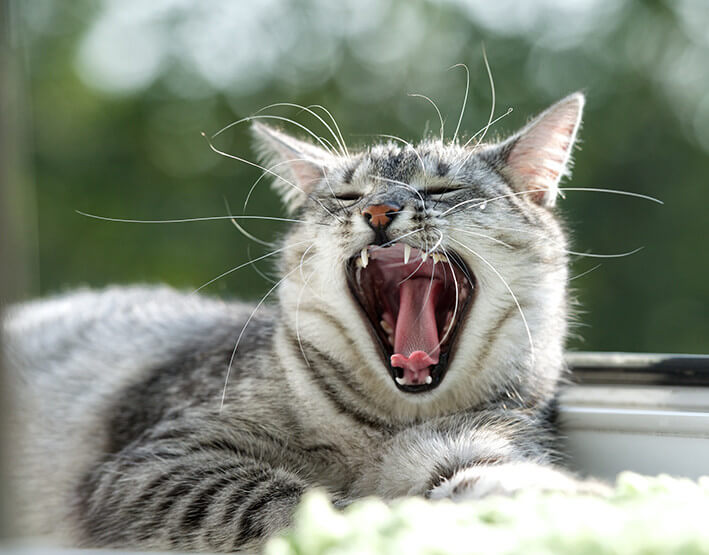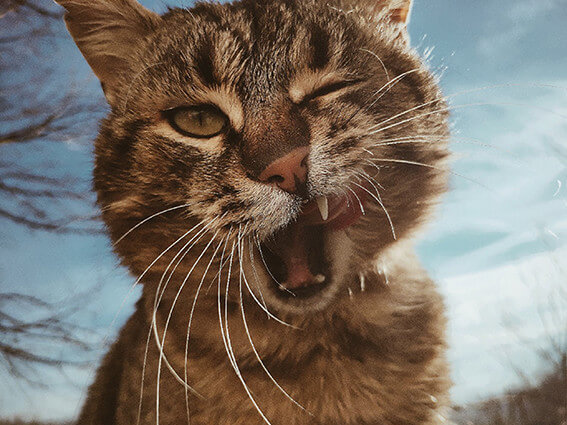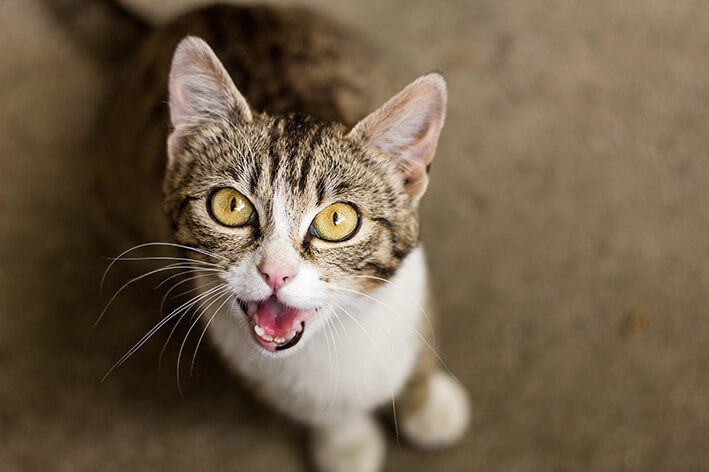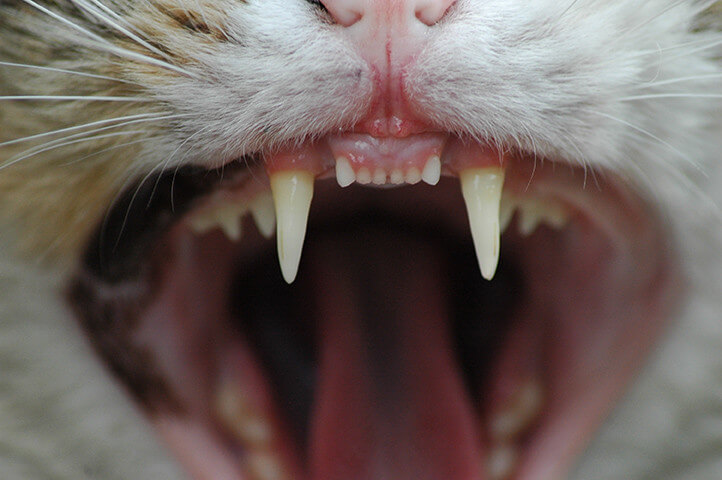Inhalation anesthesia dog
– How can I spare my dog? – that is the most frequently asked question. Unfortunately, the dog people do not ask it in advance, but almost always – when it is already unavoidable. You can find out what the real risks are for your dog here. And you can make the right decision in good time!
What is inhalation anesthesia for dogs really about?
When everyone talks about the risk of anesthesia, they are referring to the risk of death. This is very low with modern and well-managed anesthesia. And hopefully injection anesthesia will soon be a thing of the past. Insufficient depth of anesthesia and serious late damage are important reasons for this. Patient owners should not save money in the wrong place.
However, despite all the reassuring words, inhalation anesthesia is also stressful for the animals. Unfortunately, this is very rarely discussed. But there are clear studies and recommendations.
At the University of Giessen, anesthetic complications in dogs were investigated as part of a doctoral thesis. It was striking that the duration of anesthesia had an influence on survival and late damage. Most anesthesias last 1 – 3 hours. Depending on the length of exposure, most complications occur during this time. For example, hypothermia – the hypothermia of the body – was the most common at 70%. It can be life-threatening because it is associated with cardiac arrhythmia. Slow heartbeat and low blood pressure follow at 28%. The study identified and confirmed many factors influencing the occurrence of complications.
The conclusion of these studies is that general anesthesia in dogs, as in all other animal species, is never risk-free. And for the life of the dog: Inhalation anesthesia should only be performed if it is really indispensable.
This means that even an inhalation massage is not suitable for “just removing tartar!”! Despite modern technology, it is “brushing your teeth – like 1000 years ago!” Plaque bacteria cause inflammation in the body. And they don’t wait until the tartar is removed. Science and high tech make it possible: brushing your teeth – just like in the 21st century – today.
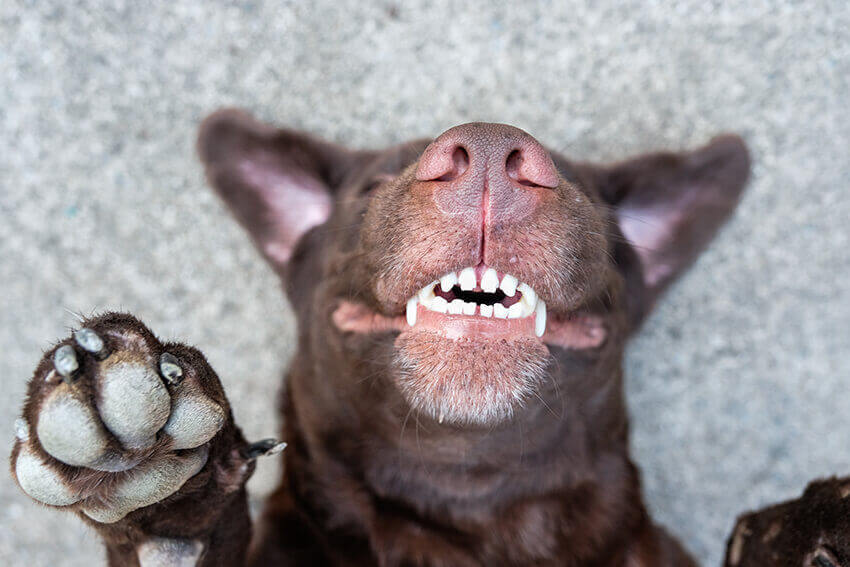
How to remove tartar without anesthesia and side effects?
It must be said from the outset: The goal is permanently clean teeth! Quite simply because that is the basis for being healthy. And scaling with anesthesia is superfluous. And it’s very simple – species-appropriate and suitable for everyday use. Science has activated the power of nature. The natural antibacterial effect first reduces plaque bacteria. The tartar then dissolves. And cottage cheese is the active ingredient. Its peptide complex adheres to the plaque bacteria. They can no longer reproduce. The immune system is strengthened with all natural vitamins and minerals and supports the effect. This eliminates the cause of tartar and gingivitis. This innovative dental care is QCHEFS cheese. Every dog can choose their favorite cheese from various recipes and consistencies – rock hard for nibbling – puffed for chewing or as toothpaste flakes to lick up. You will find that your dog will remind you if you forget to brush your teeth. People have completely forgotten that dogs can smell their bad breath. That’s why they love clean teeth at least as much as we humans do.
By the way: QCHEFS cheese is made according to a light diet recipe. With its ingredients – 30% cottage cheese, buckwheat (no grain), rapeseed oil, organic coconut oil – it is also suitable for sick people and allergy sufferers. Get advice from the QCHEFS team at: www.qchefsdental.de – also http://www.instagram.com/qchefs or www.facebook.com/qchefs
I will be happy to answer your feedback and questions.
Your Anke Domaske
Microbiologist & QCHEFS Founder

